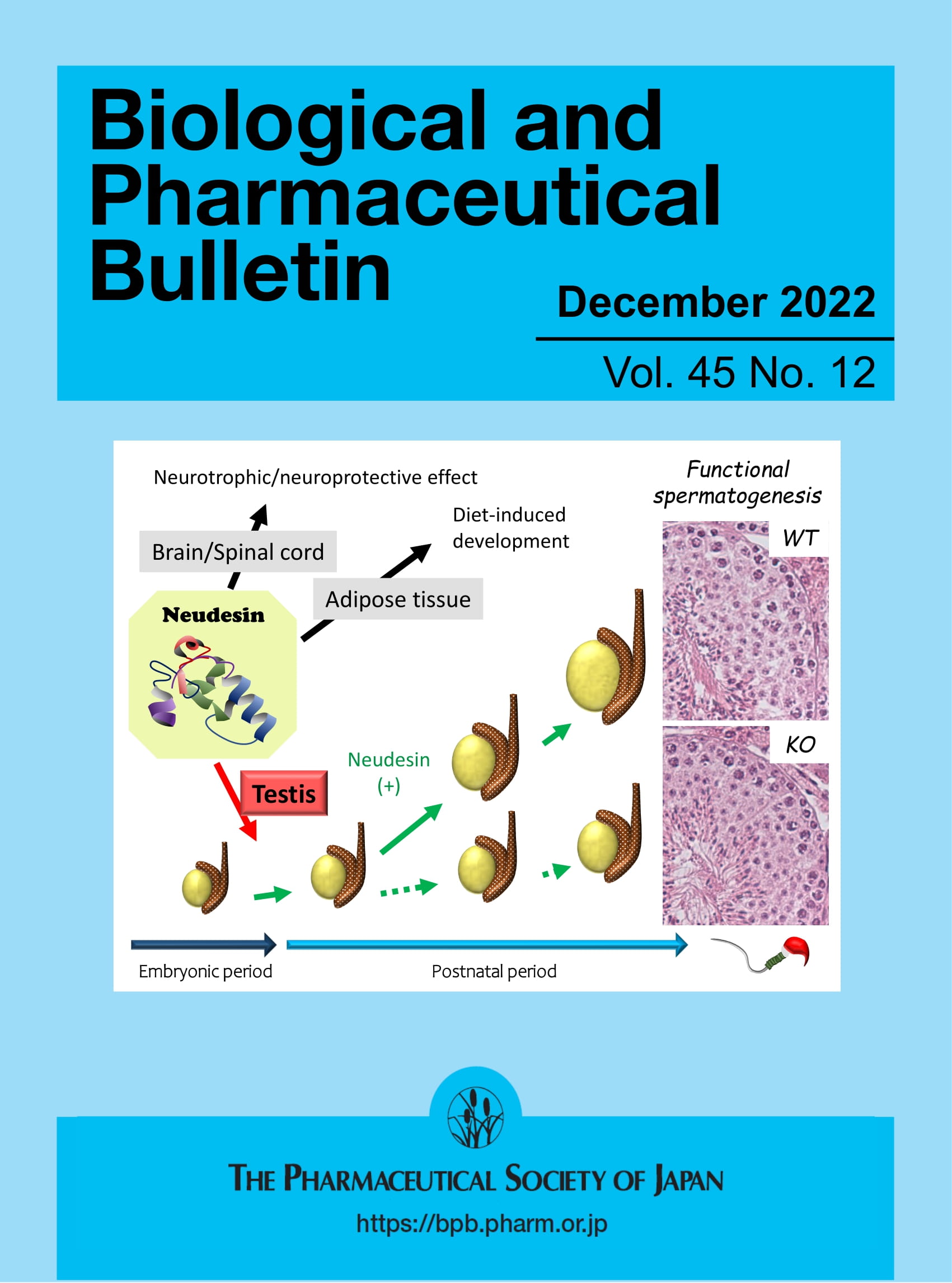Integrative Analysis of Curcuma kwangsiensis Reveals Markers for Distinguishing Rhizome, Radix, and Non-Medicinal Parts via LDA-Based Classification
Abstract
Introduction
Curcumae Rhizoma (Ezhu) and Curcumae Radix (Yujin) are both derived from Curcuma kwangsiensis (CK), an important species in the Zingiberaceae family. They have different clinical applications in traditional Chinese medicine (TCM): The rhizome is mainly used for antitumor treatments, whereas the radix is known for antidepressant and cholagogic effects, both officially listed in the Chinese Pharmacopoeia. However, non-medicinal parts such as the aerial portions and fibrous roots are sometimes mixed in, leading to confusion in clinical formulation use.
Objective
This study aimed to analyze different parts of CK, including its rhizome (RHCK), radix (RACK), aerial parts (APCK), and fibrous root (FRCK) using inductively coupled plasma mass spectrometry (ICP-MS), ultra-high-performance liquid chromatography-quadrupole-electrostatic field Orbitrap high-resolution mass spectrometry (UPLC-Q Exactive Orbitrap-MS), and gas chromatography–mass spectrometry (GC-MS).
Methodology
These mineral elements of different parts in CK were determined by using (ICP-MS). The nonvolatile metabolites were achieved by UPLC-Q Exactive Orbitrap-MS, and the volatile metabolites were identified by GC-MS. Statistical analysis, including principal component analysis (PCA) and orthogonal partial least-squares discriminate analysis (OPLS-DA) model, was used to classify different parts of CK based on mineral elements and metabolites. Furthermore, linear discriminant analysis (LDA) was utilized to effectively differentiate the different parts by analyzing the data.
Results
In total, 26 mineral elements, 738 nonvolatile metabolites, and 87 volatile metabolites were identified. Multivariate analysis revealed 14 mineral elements, 390 nonvolatile metabolites, and 42 volatile metabolites (VIP > 1) as potential markers. A LDA model effectively distinguished the four plant parts, achieving a classification accuracy of 95%.
Conclusion
These findings offer a practical strategy for accurately identifying and differentiating medicinal from non-medicinal parts of CK, reducing misidentification in TCM formulations and enhancing clinical safety.




 求助内容:
求助内容: 应助结果提醒方式:
应助结果提醒方式:


